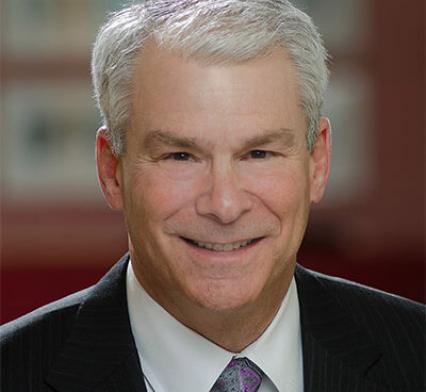Re-Entry
As the CEO of a workers’ comp insurance company, I’m all about risk management. But making the decision not to reopen our building for the rest of the year was one of the hardest I’ve ever confronted. And determining how to handle our field operations, especially our safety consultants, was harder still.
We closed our building in mid-March. Frankly, it wasn’t too difficult a decision, as our employees were accustomed to and equipped for telecommuting. We assumed it would be temporary. In May, we started to develop plans for bringing back our employees gradually. We drew up plans for reconfiguring our office space, drafted parameters for meetings (X people in a conference room with others Zooming in even if they were in the building), mulled over who really needed to be on-site, and of course developed protocols for screening everyone who came in the building. We calculated maximum capacity based on social distancing guidelines, and estimated we might have 30% of our 650 employees in the building at once.
Then we started sharing our carefully calculated plans with our leaders, and the response was almost universal: Huh? They said it was too complicated. They pointed out that, despite the personal struggles and collaborative challenges, our teams are working exceptionally well remotely and delivering results every bit as good as those when they’re side by side in the office. And they reminded us that, between our colleagues with compromised immune systems and those who can’t leave their homes because of childcare challenges, it’s a disservice to add one more variable to their already complex lives.
So we said: You’re right. We don’t need to come back to the office right now, so we won’t. It’s hard for all of us who miss seeing our colleagues and friends. But it’s more respectful of them, and a better risk management strategy, to stay the course until there are more robust public health measures – testing, contact tracing, vaccines – in place. We gave our employees the gift of certainty: we’ll all keep working remotely until the end of the year. That allows them to plan. And the response has been overwhelmingly positive, with people saying they appreciate working for a company that does the right thing, even if it’s not the easy thing.
That was only part of the puzzle, though. While most of our employees work at a desk, there are times when team members have to meet in person with stakeholders. And most importantly, our safety consultants – the heroes of workers’ comp – must go to the construction site, the packing plant, the grocery store, the hospital or any other essential business to provide the expert advice and interventions that will keep employees safe, whether from COVID or a physical hazard at the jobsite. We cannot risk our employees’ own health and safety, even as they are helping to ensure the health and safety of those who work for our policyholders.
Accordingly, we developed a set of detailed guidelines to help determine when it is imperative to make an in-person visit: if the meeting/event is associated with a critical business objective; if it’s time-sensitive; if a virtual meeting is unsuitable/infeasible. Managers should approve an off-site meeting or event as “essential” only if it convincingly meets all these criteria; if even one criterion is not met, it should not be authorized. Employees must maintain detailed documentation supporting the criteria, and we’ll make sure they have proper PPE.
By providing our employees certainty and specifics, we’re helping them – and our company – navigate this new world of work.
